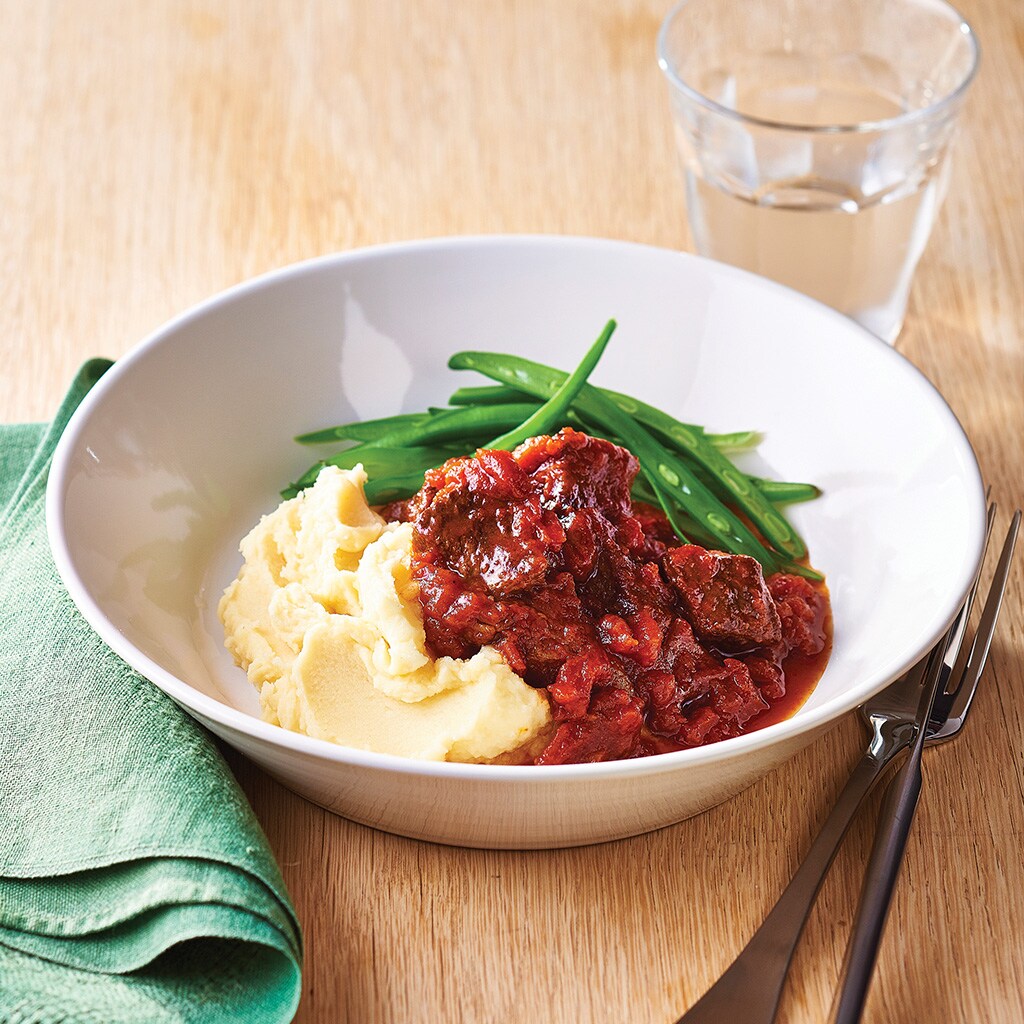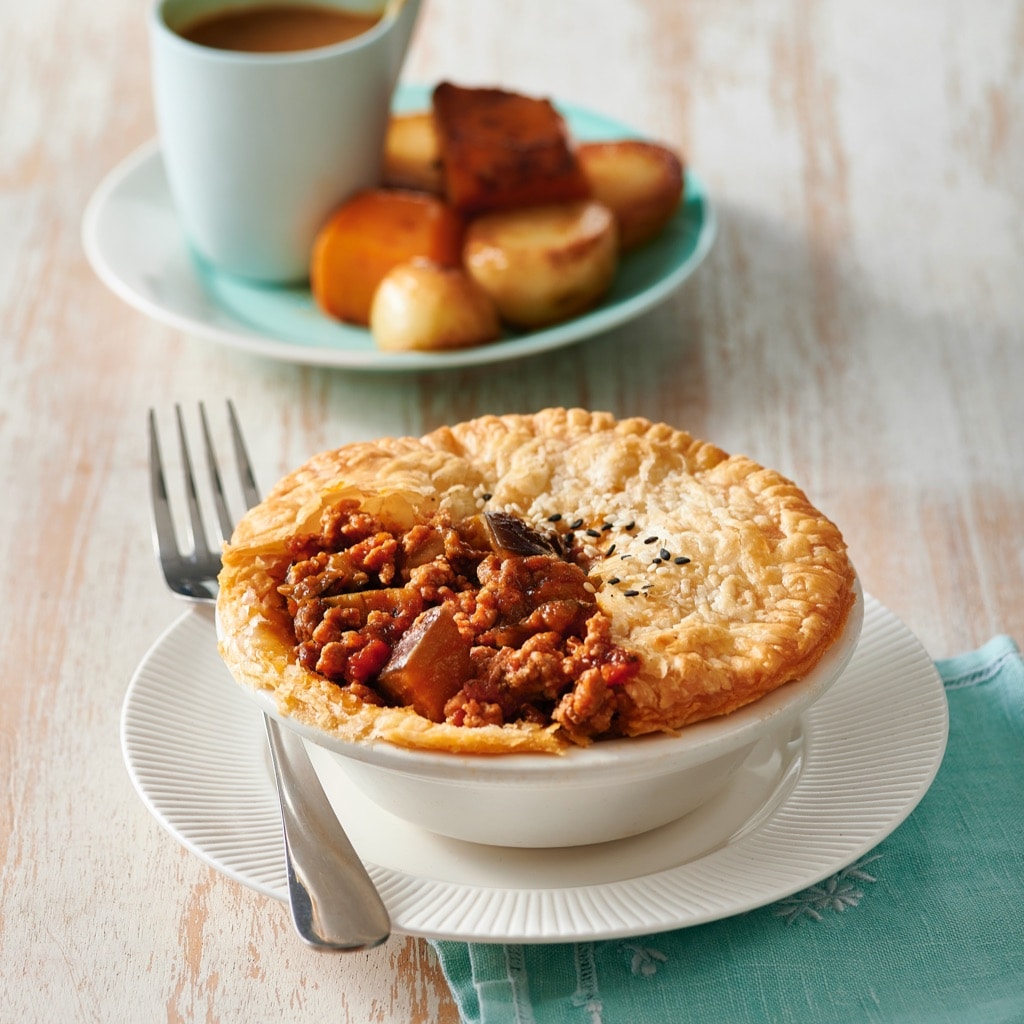Updated on Thursday, 12ᵗʰ December, 2024
A smile. A thoughtful compliment. Remembering a resident’s favourite food or how they take their tea. A simple question, “how are you today?” There are many ways to show care and encourage someone to have a wonderful day.
Little things make a world of difference to an elderly resident. There are many other little things that aged care facilities have implemented to improve the dining experience and promote greater food intake and enjoyment.
Collect resident’s favourite recipes to create a recipe book
Everyone has happy memories of food – whether it’s the traditional Christmas menu or how weeknight meals became legendary. Everyone has a recipe they can share, even if it’s a new take on eggs on toast. A wonderful, little thing you can create is a resident recipe book, filled with favourite food photos and stories. Leave a blank spiral book in the dining room and encourage family and residents to fill in the pages. You’ll be amazed at the wonderful recipes you will collect and the conversations this community-building project will spark. You will even be able to surprise your residents by cooking their favourite recipes for them.
Resident cooking classes and events
Involving the residents in the cooking and food preparation process is a simple, yet rewarding activity everyone will enjoy. You could make this a regular, daily activity or a special event. A batch of scones or cakes can be made with residents involved in the process. Allowing food-lovers to stir, measure or whisk ingredients, will remind them of their own fond memories of baking in the kitchen. A freshly-baked slice or cake for an afternoon tea will never taste better.
Culturally-themed menus
Residents in Australian aged care facilities span all cultural backgrounds. Food from home will take them back. Holding a cultural-themed luncheon is a wonderful way of celebrating the diverse backgrounds of the residents. It is also a special way of giving people with dementia a menu with dishes and words they will instantly recognise. You could even add a little hand-written note to accompany a resident’s plate with a greeting in their language, such as “Buon Appetito”.
Recreate a home away from home environment
Another way to make the dining experience more relaxed is to encourage residents to share stories as they eat together in the dining room, perhaps using conversation starter topics on each table. This way, residents can start an interesting conversation and get to know each other in a more natural way. Reminiscing about memorable mealtimes or special occasions in years gone by promotes longer conversations and longer, more nourishing mealtimes. For example, you could suggest residents talk about how they grew their own vegetables or cooked with ingredients. These conversations can evoke the senses and encourage a resident to eat more and boost their nutritional intake.
A clinical environment may confuse residents, especially those with cognitive impairment. Adding familiar “home-like” touches to the dining room – flowers in a vase, floral crockery, tablecloths, antique serving bowls and cutlery – can transport them to a more familiar setting and make them more comfortable and relaxed about eating. A little thing like staff choosing to wear plain clothes rather than uniforms can also make the dining experience less clinical and more familiar. A photo display board featuring recent resident photos of special events makes a space more like a home, and less like a clinical facility.
Be mindful of the ambient noise in the dining room
Noise levels can discourage engagement and conversation, especially for residents with hearing loss. Noisy equipment should be minimised or moved away from tables. Soft furnishings like cushions absorb sound and echoes. Using plastic or silicon servers rather than metal spoons means serving food is a quieter task. Create a more inviting atmosphere with gentle music.
Little things are simple yet meaningful for elderly people and enhance their love of food even more. Thinking of the resident’s preferences, unique tastes and what aspects of the meal they like, will really improve their enjoyment of food and their overall health and wellbeing.

Disclaimer: The content of this article is created for inspiration purposes only. It is not intended as clinical, medical or nutritional advice.
Related Articles
Top recipes
-
Ham, Zucchini and Corn Quiche -
Pea, Feta and Spinach Frittata -
Roasted Pumpkin and Cumin Soup -
Creamy Cauliflower Chowder -
Burgundy Beef Casserole -
Rotkohl and Silverside -
Mango Chicken Tartlets -
Mexican Mince with Avocado and Tomato Salsa -
Slow Cooked Con Carne -
Grilled Chicken Breast, Cauliflower Puree -
Pork Sugo, Pronto Jus -
Spinach, Feta and Tomato Quiches -
Shakshuka -
Lamb Moussaka Pie
Related Products
Log in or Create an account to access:
- Get access to this content
- Discover the latest culinary trends
- Explore and save your favourite recipes
- Watch free video training courses for chefs


























